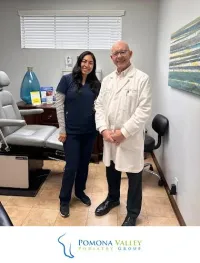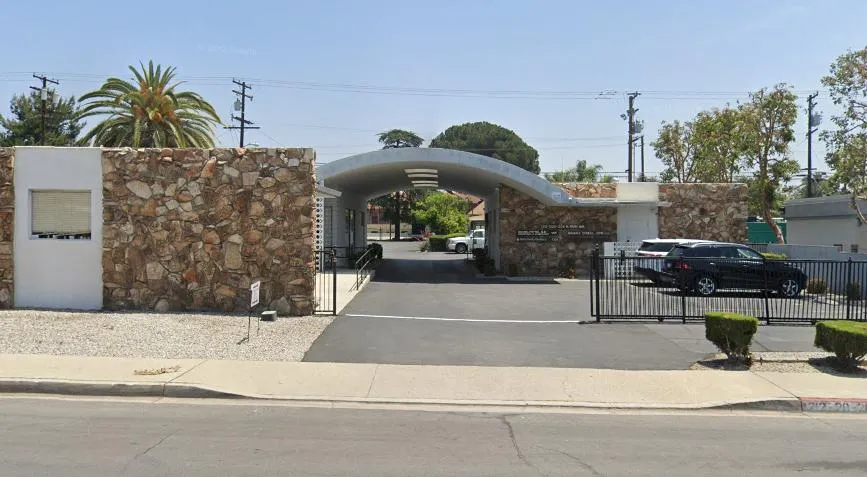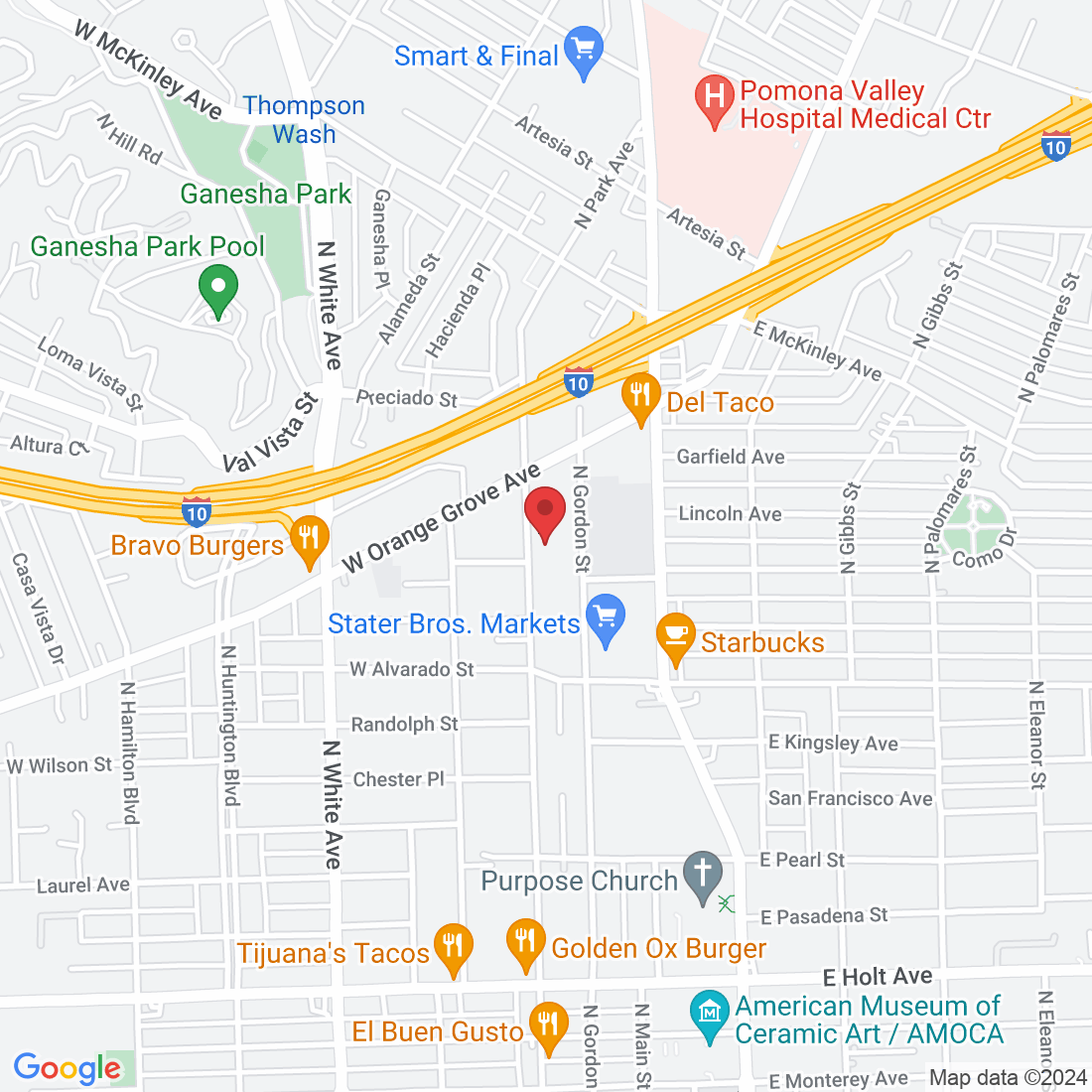
Understanding Verrucas: Causes, Symptoms, and Effective Relief in Pomona
Verrucas, also commonly referred to as plantar warts, are small, grainy growths that usually appear on the soles of the feet. Although they might look harmless at first glance, these lesions can quickly become painful or uncomfortable, especially if they are located in weight-bearing areas like the ball of the foot or the heel. If you are in Pomona or the surrounding area and suspect that you have a verruca, it’s important to understand what causes them, how to recognize the symptoms, and which treatment options are available for effective relief.
What Causes Verrucas?
Verrucas are caused by the human papillomavirus (HPV), a highly contagious virus that thrives in warm, moist environments such as communal showers, locker rooms, and pool decks. When your bare feet come into contact with surfaces that harbor the virus, tiny breaks or cuts in the skin provide an entry point for infection. Once HPV takes hold, it can begin to develop into a verruca over the course of weeks or even months.
Although anyone can develop a verruca, certain factors may increase your risk:
Weakened immune system: Individuals with compromised immunity may have a harder time fighting off HPV infections.
Frequent exposure: People who spend a lot of time in communal areas (like swimmers or gym-goers) are more likely to come into contact with the virus.
Foot injuries: Cuts, scrapes, or dryness on the soles of the feet can create entry points for HPV.
Recognizing the Symptoms
Not all foot lesions are verrucas, so it’s important to know what sets them apart from other conditions such as calluses or corns. Common symptoms of verrucas include:
A small, grainy or fleshy growth: Often appearing with tiny black dots, which are small clotted blood vessels.
Pain when standing or walking: Especially if the verruca is located on a pressure-bearing area of the foot.
A circular, raised bump: Sometimes with a defined border and a depressed center.
Interruptions in normal skin lines: Verrucas may change the natural ridges of your feet, whereas calluses typically do not.
While some verrucas remain small and relatively painless, others can grow larger or multiply. If you notice a wart-like lesion on your foot that continues to worsen or becomes increasingly painful, consulting a foot care professional is highly recommended.
Why Verrucas Can Be Painful
Verrucas can be tender or even painful because of their location. When they form on weight-bearing areas, every step you take can press the lesion further into the foot. This pressure can irritate the surrounding tissue, leading to soreness or discomfort. Additionally, people often develop callus tissue over the verruca as the body attempts to protect the area, which can add to the pain.
Treatment Options for Verrucas in Pomona
The good news is that verrucas are treatable, and most people can find relief with the right approach. Below are some of the common treatment methods available:
Over-the-Counter Topical Treatments
Products containing salicylic acid or similar agents can help dissolve the verruca layer by layer. It’s important to follow the instructions carefully, apply the treatment consistently, and monitor for any adverse reactions such as excessive redness or swelling.Cryotherapy
Cryotherapy involves freezing the verruca using liquid nitrogen. This procedure helps destroy the tissue by forming a blister around the wart, causing the infected skin to eventually peel away. Multiple sessions may be required for larger or stubborn verrucas.Swift Microwave Therapy
A relatively new option, Swift uses microwave energy to heat and destroy the HPV-infected tissue. It’s minimally invasive and often requires fewer sessions compared to other treatments.Laser Therapy
Laser treatments use concentrated beams of light to target and destroy the verruca. Like cryotherapy, this method may require multiple sessions, but it can be effective for persistent cases.Surgical Removal
In more severe or resistant cases, a podiatry professional may recommend minor surgery to excise the verruca. This is typically done under local anesthesia and followed by proper wound care.Immune-Boosting Measures
Since verrucas are caused by a virus, supporting your immune system can help your body fight off the infection. This includes maintaining a healthy diet, staying hydrated, and managing stress levels.
Preventing Future Outbreaks
Even after successful treatment, there is always a chance of recurrence if the HPV virus is still present. To minimize your risk of future verrucas:
Wear flip-flops or shower shoes in communal areas.
Keep your feet clean, dry, and moisturized.
Avoid picking at verrucas or touching them unnecessarily.
Change socks daily to reduce moisture buildup.
Disinfect or replace footwear if you suspect contamination.
When to Seek Professional Help
While some verrucas may go away on their own, persistent or painful ones often require professional attention. If you’ve tried home remedies without success, or if the growth seems to be spreading, it’s time to get an expert opinion. Early intervention can help prevent complications and make the treatment process smoother.
Final Thoughts
Verrucas can be painful and disruptive, but they don’t have to interfere with your daily life. By understanding the causes, recognizing the symptoms, and knowing the available treatment options, you can take proactive steps to manage this common foot issue. At Pomona Valley Podiatry Group, we’re committed to helping you find effective solutions that bring comfort and confidence back to your every step.
Ask And His Team
Fill in the form to request a Call From Our Team
One of our team will call you for FREE and answer any questions or concerns you may have about your uncomfortable foot condition





